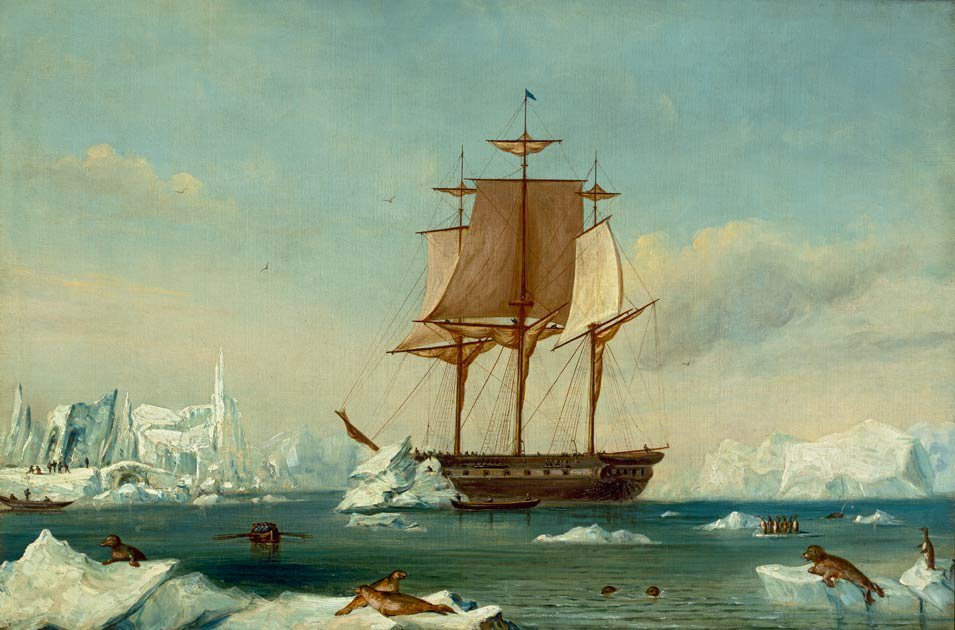Years ago, countries were driven by national and personal prestige in attaining Earth’s poles, territorial acquisition, and scientific discovery. No confirmed sightings of the 7th continent had been made even though the ancient Greeks had proposed the existence of a southern landmass to balance the land north of the equator. One of the nations to seek the existence of southern land was the U.S.
An ambitious lieutenant Charles Wilkes was given command in 1838 and commissioned with the mission to explore the waters in the south to learn about the weather, uncharted land, and scientific knowledge. Along with an entire fleet, they headed down to the coast of Southern America, into the Pacific Ocean. On January 25, 1840, Wilkes observed a wall of ice, and the previously unknown continent, Antarctica, was confirmed. The eastern coast of Antarctica is now known as Wilkes Land.
In 1842, four years after setting sail, the crew returned to America with an achieved mission. This was the first major voyage of exploration undertaken by the young nation. Wilkes returned with a great deal of scientific knowledge promoting America’s sailing ships position. In a close race with the French and British about the existence of the southern landmass, Wilkes was the first person to site and explore the last continent.
This expedition’s impact was beyond the American borders. It signaled an end to the age of discovery regarding mankind’s consistent learning of details of our world. The most unique continent with no permanent borders or constant size was finally discovered.

